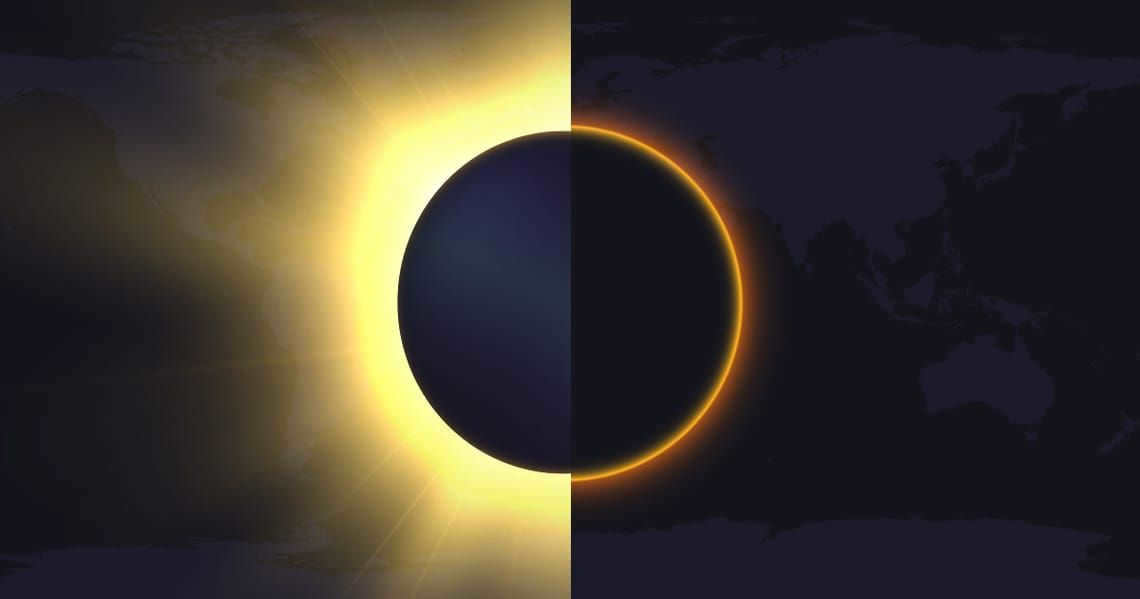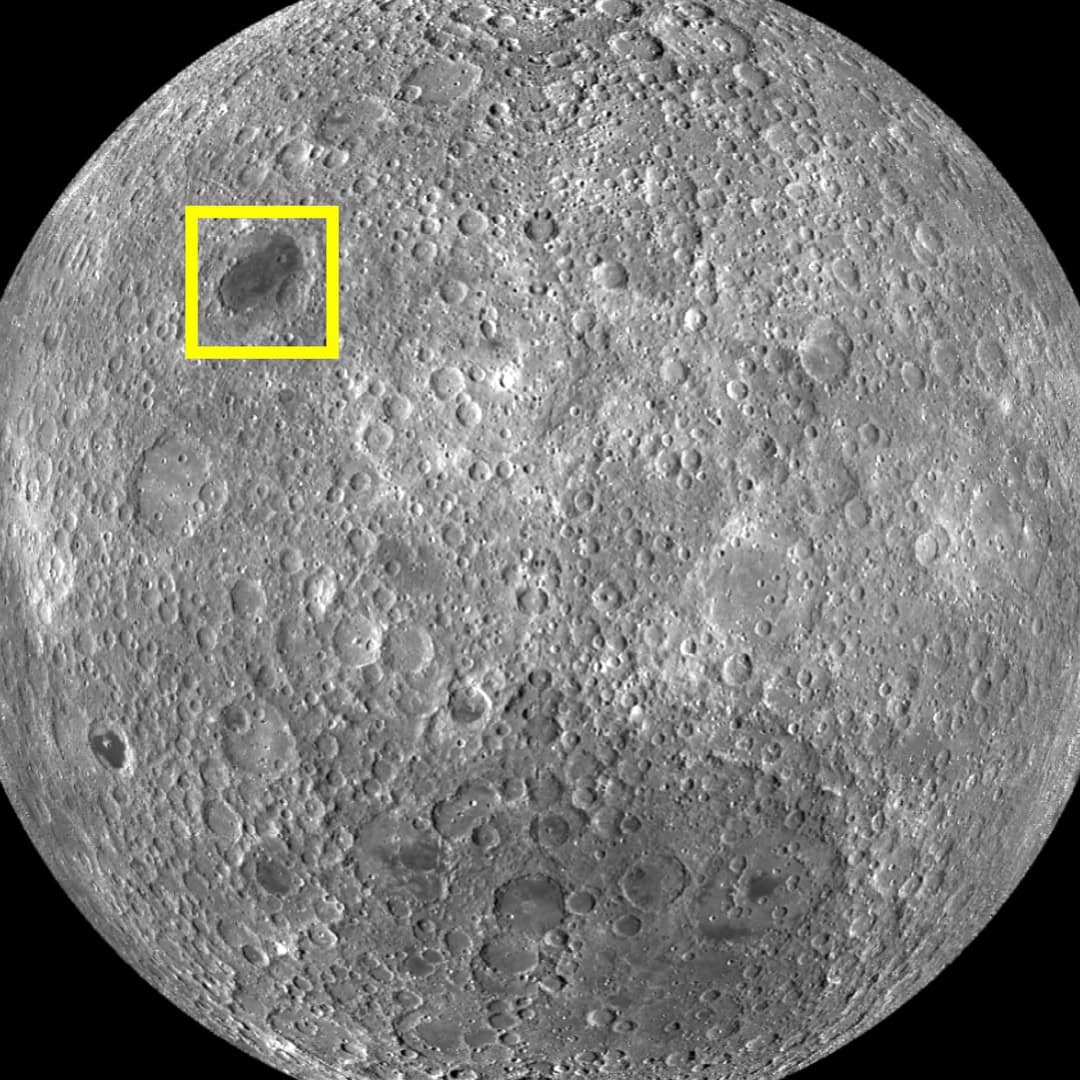Moon phase: New Moon
Age: 1.31 days
Rising: 06:57
Sunset: 20:52
The moon’s Zodiac Sign
The next Full Moon
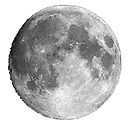
The closest upcoming occurrence of a full moon is anticipated to take place on August 31, 2023.
New Moon
The closest upcoming occurrence of a new moon is anticipated to take place on September 15, 2023.
In St. Petersburg, the moon is currently in the waxing phase. It will rise above the horizon at 06:57 and set behind it at 20:52. At present, the moon is 4% illuminated and is situated 403,169 kilometers away from the Earth. The moon is 2 lunar days old. Today’s lunar day is governed by the zodiac sign Virgo. The nearest full moon in St. Petersburg will occur on August 31, 2023, at 04:37. The new moon will take place on September 15, 2023, at 04:40.
Moscow is the largest city in the Russian Federation, and it is a sprawling metropolis with a significant number of vehicles and factories that release emissions into the air. As a result, there are often instances where the Moon is not visible, even though it is often referred to as the “night luminary”.
The Moon is the most massive celestial body in close proximity to Earth, and it has a direct impact on natural conditions, animals, and humans. Throughout history, it has been believed that certain phases of the Moon are favorable for certain activities or endeavors, while others are not.
Residents of large cities often witness the sight of a crimson-hued celestial body during the night – the moon. Some individuals interpret this occurrence as an omen of sorts. However, the reason for the moon’s red hue is purely a matter of visual perception. If one takes notice, the moon appears red most frequently when it is close to the horizon. As a result, the light reflected from its surface scatters through the atmosphere, influenced by gases, vapor, and dust particles. Only the red spectrum of light remains, creating the illusion of a blood-colored satellite. This phenomenon can also occur in highly polluted air.
The third and least common scenario is when a total lunar eclipse takes place.
Overall, the moon’s color has no impact on the planet’s effects in relation to its lunar phases.
Nowadays, it has become quite simple to identify the different stages of the moon, even in situations where the entire sky is obscured by clouds. On our website, you have the opportunity to explore the lunar calendar for any given day, and discover the optimal timeframes for getting a haircut.
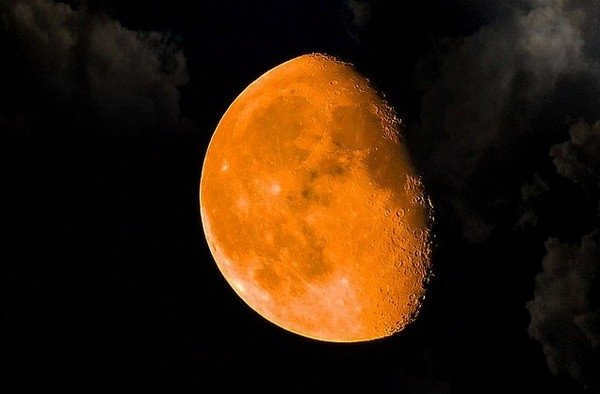
Thursday is set to be a hectic day, possibly leading us to change our direction. To ensure we don’t lose the support of fortune, it’s crucial to consider all the risks associated with the day and heed the advice of astrologers.
The quality of life today has the potential to noticeably transform. According to astrologers, this transformation will be a result of the waxing Moon transitioning into Virgo. Thoughts and actions will take on a significant nature. For many, transitioning from their old life to a new one may prove challenging, but fear not. The silver lining of this transition is the opportunity to make the best out of the most difficult situations..
Moon PhaseThe second day of the lunar cycle has begun. The Moon in Virgo is not in the best condition, as it has entered its waxing phase. However, this day cannot be considered completely perilous. Today, it is important not to be careless and rely solely on luck.
Magnetic Storms on August 17There are no anticipated magnetic storms.
- Engaging in self-education;
- Taking exams and passing them successfully;
- Organizing meetups with friends;
- Participating in fitness activities to stay healthy;
- Exploring and expressing creativity;
- Moving to a new place or rearranging the current one.
What may hinder your success today
Household matters according to the lunar calendar
Thursday is not the most suitable day for dealing with household affairs. Experts from the dailyhoro.ru website advise to maintain cleanliness in the house, but it is better to postpone deep cleaning. Since the day is influenced by the element of Earth, it is important to take care of houseplants and work with the soil to eliminate negative energy.
Clothing and lucky charms to wear on Thursday
The current period influenced by Virgo is not ideal for expressing your creativity, making fashion statements, or undergoing image makeovers. The most auspicious color choices for today include gray, white, and pastel shades. You can experiment with unique clothing items or accessories that have been collecting dust on your shelves, as they may prove useful today.
Mood and well-being based on the lunar calendar
When it comes to the days of Virgo, we respond to both external and internal stimuli. During these periods, we may start to feel a certain level of tension within ourselves. It is important for us to have a clear objective that can help us alleviate this tension. Otherwise, we may experience anxiety throughout the day.
No matter what happens today, it is important to try and remain calm. Remind yourself that everything is part of the natural order: if something provokes anger or seems incorrect, it is likely because you do not have a complete understanding of the situation. What may currently disrupt your equilibrium could eventually turn out to be a positive outcome.
Love and Relationships August 17
Today, you have the opportunity to meet up with friends, visit relatives, and spend quality time with your significant other. Astrologers suggest that you take some time for yourself and find solace in silence. It’s crucial to quiet your mind and put a stop to the internal chatter.
It is advisable to postpone any relationship breakups or new romantic endeavors. Tomorrow, things will become clearer and fall into place. Be kind and friendly to everyone, especially those who express dissatisfaction, criticize, or try to offend you. By doing so, you can avoid conflicts and preserve your energy.
Finance and labor in accordance with the lunar calendar
Today is not a day for actively engaging in financial activities. Virgo imbues us with self-confidence and independence, which generally helps us achieve our goals and advance in our careers. However, on a day like today, our enthusiasm for work may be replaced by lethargy and vice versa. To avoid making mistakes, it is important to be more attentive.
Success and financial gains on August 17 can be achieved through work that does not require a lot of energy. This is a good day for engaging in creative work. However, rushing and trying to multitask may lead to minor problems that can cause stress and drain our energy.
Our operating hours are from 10:00 to 21:00. We are closed on Tuesdays. The “Retro Café” operates from 10:00 to 20:00 on the days when the Planetarium is open.
For inquiries, you can reach us at +7 (495) 221-76-90. Planetarium JSC © 2017. Located at Sadovaya-Kudrinskaya str. 5, bldg. 1 in Moscow.
Experience the penumbral eclipse of the Moon on May 5, 2023
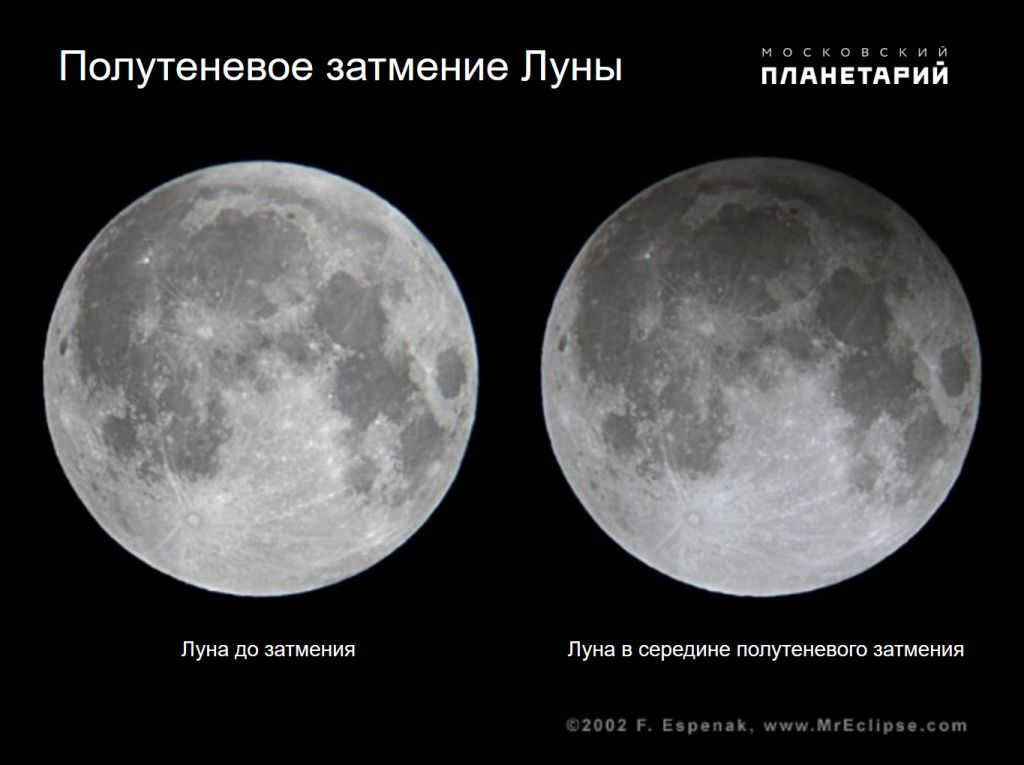
On May 5, 2023, between 18:14 and 22:31 Moscow time, there will be a penumbral lunar eclipse. The eclipse will be relatively deep, but it will be a weak one as the Moon will only pass near the edge of the Earth’s shadow and remain in its penumbra. Penumbral eclipses are mainly of interest to professionals, as they are challenging to observe with the naked eye and without photographic equipment.
During a penumbral eclipse, the Moon passes through the outer region of the Earth’s shadow, known as the penumbra. Consequently, the Moon’s brightness will decrease because it receives less sunlight, but the entire lunar disk will remain illuminated. This effect is only noticeable to individuals with exceptional eyesight or in professional photographs.
The lunar eclipse on May 5, 2023 is an uncommon occurrence of a penumbral eclipse, where nearly the entire Moon will pass through the Earth’s penumbra, resulting in a more noticeable decrease in its brightness than usual.
During the eclipse, the Moon will be located in the constellation Libra and traverse the southern region of the Earth’s penumbra.
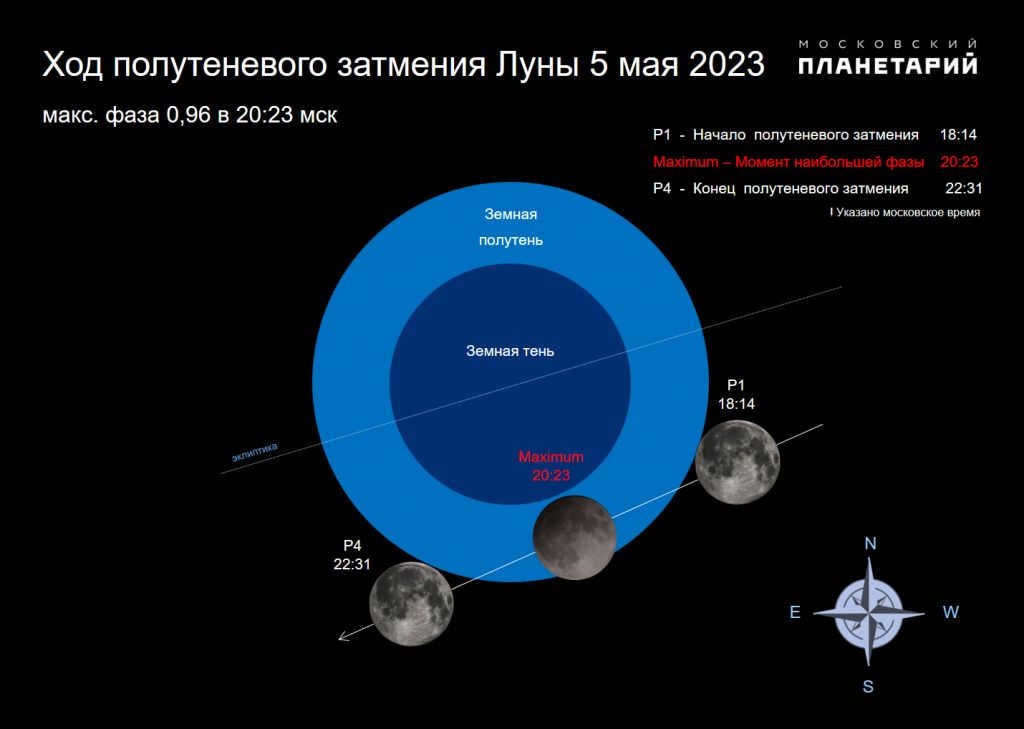
The penumbral eclipse of the Moon on May 5, 2023:
The Moon will start entering the Earth’s penumbra at 6:14 p.m. Moscow time.
The Moon will reach its maximum dip into the Earth’s penumbra at 20:23 msk.
The eclipse will end at 22:31 Moscow time, as the Moon leaves the Earth’s penumbra.
The total duration of the eclipse will be 4 hours and 17 minutes.
During the greatest phase, which will occur at 20:23 Moscow time, the northern edge of the Moon’s disk will be only 1.4 arc seconds away from the Earth’s shadow, with a penumbral phase of 0.96, meaning that almost the entire lunar disk will be in the Earth’s penumbra. The darkening of the northern edge of the Moon should be noticeable to the naked eye in clear weather.
During this time, the Moon will be visible in the sky in most parts of Russia, with the exception of the northwestern regions where it will still be early evening, and the extreme northeast where it will be morning on May 6.
A visual representation of the penumbral eclipse of the Moon on May 5, 2023
This animation, created by Larry Cohen, depicts the Moon moving through the southern section of Earth’s penumbra.
In order for a lunar eclipse to occur, the Moon must be positioned exactly opposite the Sun in the sky. Additionally, as long as the Sun is below the horizon, the Moon can be observed above the horizon from any location.
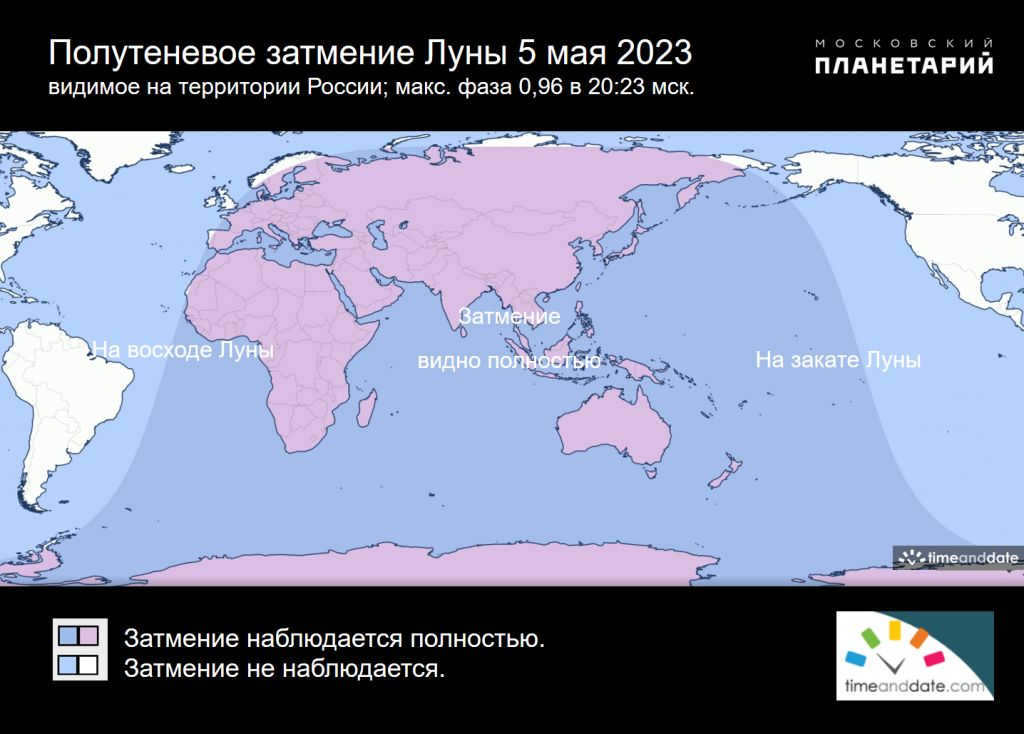
The penumbral lunar eclipse that will occur on May 5, 2023, can be observed from various parts of the world, such as Antarctica, Asia, Europe, Russia, Australia, Africa, and in the waters of the Pacific, Atlantic, and Indian Oceans, as long as the Moon is above the horizon in those locations.
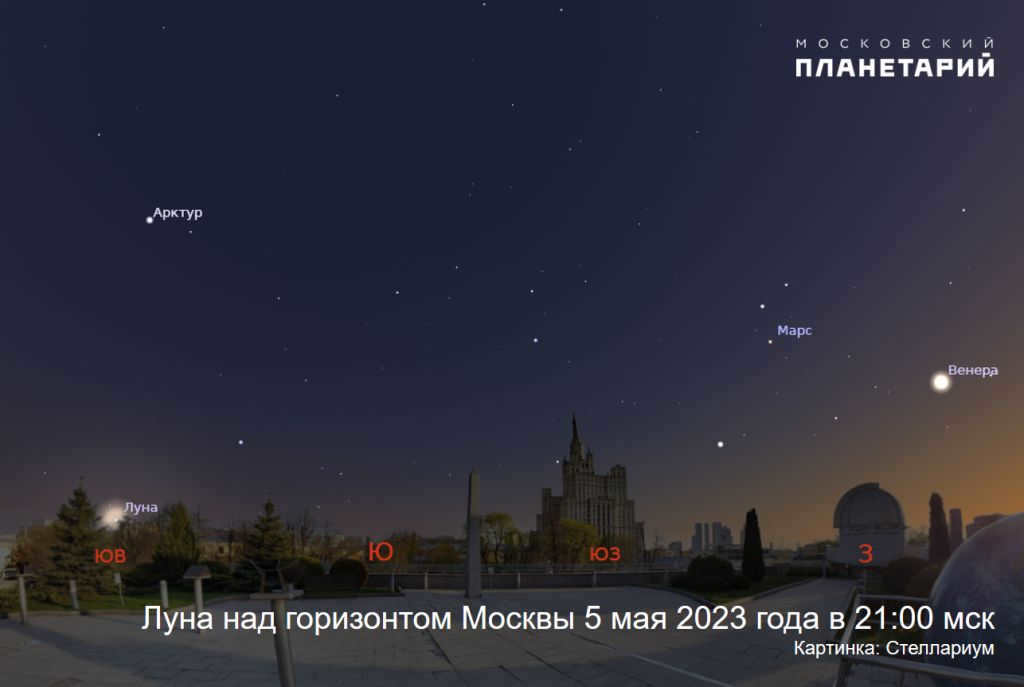
Moscow:
After 8 PM, the Moon will start to rise over the horizon of Moscow while already being in the Earth’s penumbra. However, the first part of the eclipse will not be visible from the capital.
By 8:23 PM, during the maximum of the penumbral eclipse, the lunar disk will be fully visible over the southeastern horizon of Moscow. However, due to the low position of the Moon and the obstruction by buildings and trees, it will be challenging to observe the eclipsed Moon. Additionally, the evening haze in the atmosphere of the city will further hinder visibility.
The Moon will gradually emerge from the Earth’s penumbra, appearing above the horizon of the capital. To witness the second phase of the penumbral eclipse in Moscow, it is necessary for the atmosphere to be clear of smoke and clouds, and for the horizon to be unobstructed. By around 9 p.m., the Moon will be visible low in the sky above the houses, and by 22 hours its northern part will no longer be darkened.
The penumbral eclipse will come to an end at 10:31 p.m. Moscow time.
Types of lunar eclipses:
Not every lunar eclipse is total when the Moon is completely in the Earth’s shadow.
If only a portion of the Moon passes through the Earth’s shadow, it is known as a partial lunar eclipse.
If the Moon only passes through the Earth’s penumbra, the eclipse is called a penumbral or partial penumbral eclipse.
This distinction in eclipses occurs due to the misalignment of the lunar and Earth orbits.
The minimum number of lunar eclipses in a year is two, and the maximum is four. For example, there were four penumbral eclipses in 2020, and there will be one in 2038.
A lunar eclipse, unlike a solar eclipse, can be observed from half of the globe, wherever the Moon is above the horizon at the time of the eclipse. The view of the shadowed Moon from any observation point remains the same.
Author: Ludmila Koshman. The content was created with information from the School Astronomical Calendar for students for the academic year 2022-2023 and resources from the following websites: http://astronet.ru; http://timeanddate.com; http://eclipse.gsfc.nasa.gov.
When utilizing the material and its images, it is required to cite the Moscow Planetarium.
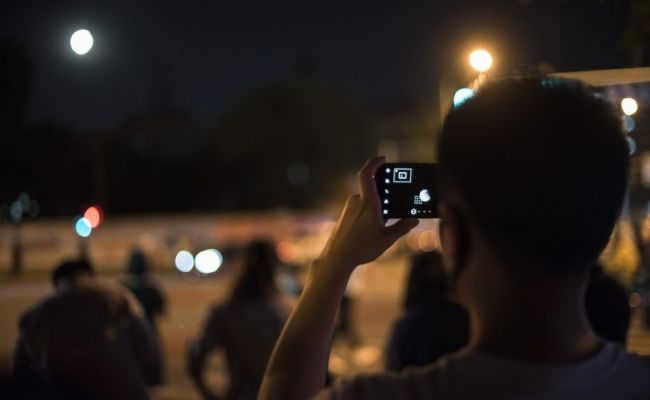
On Friday, May 5, a penumbral lunar eclipse is expected to occur. During this event, the Moon will be in the shadow of the Earth, resulting in a visual appearance of a spot on the celestial luminary. This astronomical phenomenon will be visible to residents of the central part of Russia and some neighboring countries. NEWS.ru has compiled all the fascinating details about the lunar eclipse, as well as its impact on individuals.
What is a penumbral lunar eclipse?
A penumbral lunar eclipse occurs when the Moon enters the Earth’s penumbra, the outer part of its shadow. Unlike a total lunar eclipse, where the Moon is completely in the Earth’s shadow, a penumbral eclipse is less noticeable and only results in a slight decrease in the brightness of the Moon.
According to astronomer Denis Denisenko from the State Astronomical Institute named after P. K. Sternberg, during a penumbral lunar eclipse, the Moon experiences a private eclipse of the Sun by the Earth. However, he also mentioned that the upcoming eclipse on May 5th will be “not particularly noticeable” and will be difficult to observe with the naked eye.
So, don’t expect a dramatic visual spectacle or viral social media content from this eclipse. It will be a subtle event that may go unnoticed by many.
What is the best time and location to view the lunar eclipse?
A lunar eclipse is anticipated to occur on Friday, May 5, 2023, and will take place from 17:14 to 21:31 Moscow time. The Eastern Hemisphere of the Earth will have the opportunity to observe this celestial event.
Residents of Asia, Australia, Africa, and most of Europe (particularly Eastern and Central regions) will be able to witness the eclipse.
In Russia, individuals across the majority of the country, excluding Chukotka and the northernmost peninsula of Eurasia – Taimyr, will have the chance to view this natural phenomenon.
What causes lunar eclipses?
Lunar eclipses occur when the Moon’s orbit around the Earth is not aligned with the Earth’s orbit around the Sun. Every six months, the Moon aligns with the Sun and the Earth, causing a lunar eclipse, according to Denis Denisenko.
“This means that for five months, the Moon passes above the Sun, and on the sixth month, there is both a lunar and a solar eclipse. Then, in the 12th month, there is another solar and lunar eclipse. This natural phenomenon is not unique and is a normal part of the lunar cycle,” explained the expert.
Denisenko further explains that if the world were flat, lunar eclipses would occur every month. However, due to the Moon’s slight angle of rotation to the Sun, it occasionally “misses” and does not align perfectly with the Sun’s path.
Denis Denisenko, similar to the majority of scientists, refutes the correlation between celestial luminaries and human behavior.
“Certainly, during a complete solar or lunar eclipse, not only humans, but all living beings can become agitated and cautious. However, in this case, the eclipse will be practically unnoticeable for humans and animals. What is there to discuss,” he argues.
The contrary viewpoint was expressed by psychologist Ksenia Burakova. According to her, the moon exerts a significant influence on the human body, and the eclipse can further enhance this effect.
Burakova asserts that the impact pertains to the emotional realm, and individuals who are more sensitive and receptive may perceive the influence of lunar eclipses more intensely, particularly those who experience panic attacks fall into the risk category.
"When there is a solar eclipse, people may experience a loss of concentration, an increase in accidents and quarrels, and even nervous breakdowns. Those who are naturally mistrustful are particularly susceptible to the negative effects of the eclipse and may feel like victims," she pointed out.
Based on her advice, it is suggested that on such days one should avoid taking on too many responsibilities and instead focus on positive thoughts and energy.
Can a lunar eclipse lead to negative health effects? What is the medical community’s stance?
There is no scientific evidence to suggest that solar and lunar eclipses have any impact on human health, according to a cardiologist interviewed by the Yaroslav Ashikhmin agency.
“Many individuals may experience discomfort for a variety of reasons, such as post-COVID symptoms, psychosomatic conditions, underlying illnesses, or anemia. They attribute their discomfort to the eclipse, but these conclusions are unfounded,” stated the doctor.
For those who believe they are sensitive to natural phenomena, including solar or lunar eclipses and magnetic storms, the doctor recommended undergoing a thorough examination to assess their physical and mental well-being.
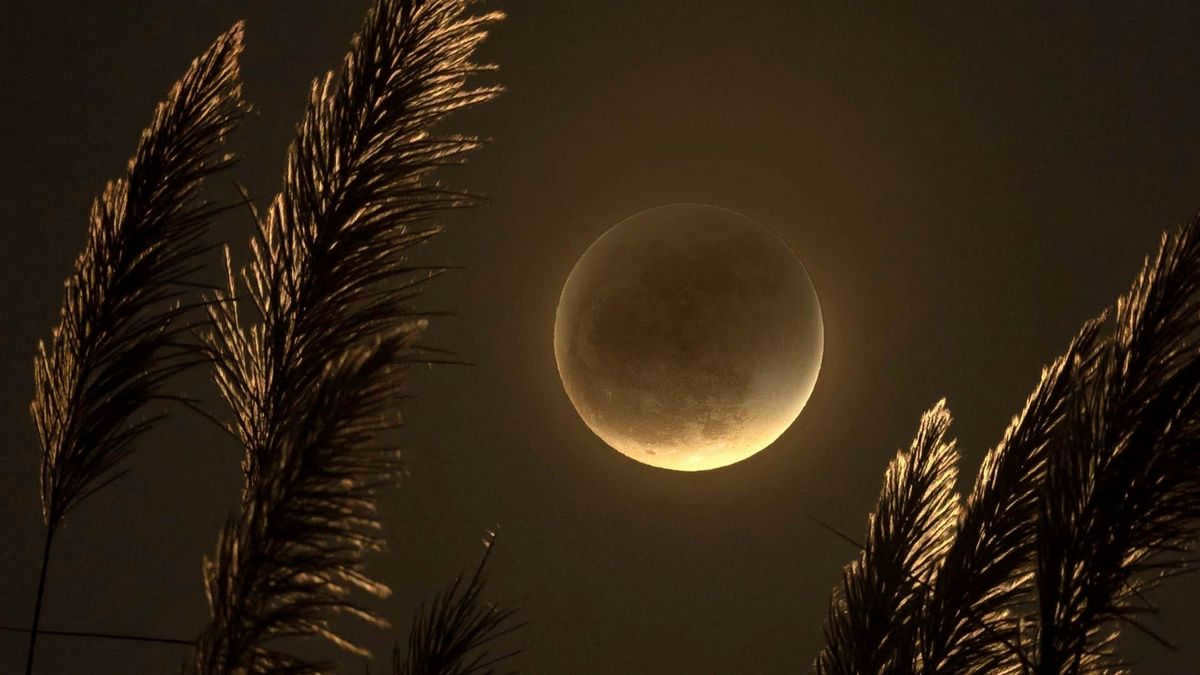
During the night of May 5-6, 2023, people in Europe, Africa, Asia, and Australia will have the opportunity to witness a significant penumbral lunar eclipse. This eclipse will be visible to the naked eye and can be observed in many parts of Russia. To find out the exact time of the eclipse in your location, you can use the Sky Tonight or Eclipse Guide apps. Make sure to read this article to discover the best way to observe this extraordinary lunar event.
The lunar eclipse schedule for May 2023.
- The penumbral eclipse begins on May 5th at 18:14 Moscow time (15:14 GMT);
- The eclipse reaches its maximum on May 5th at 20:22 Moscow time (17:22 GMT);
- The penumbral eclipse ends on May 5th at 22:31 Moscow time (19:31 GMT);
- The eclipse lasts for a duration of 4 hours and 18 minutes;
- The shadow magnitude of the eclipse is -0.046;
- The semi-shadow magnitude of the eclipse is -0.964*;
- The eclipse occurs in the constellation Libra;
- Note: This will be the most profound penumbral lunar eclipse until September 2042. However, witnessing penumbral eclipses can be challenging. It requires favorable weather conditions and a little bit of patience.
Later in this article, you will discover the meaning of shadow and penumbral magnitudes.
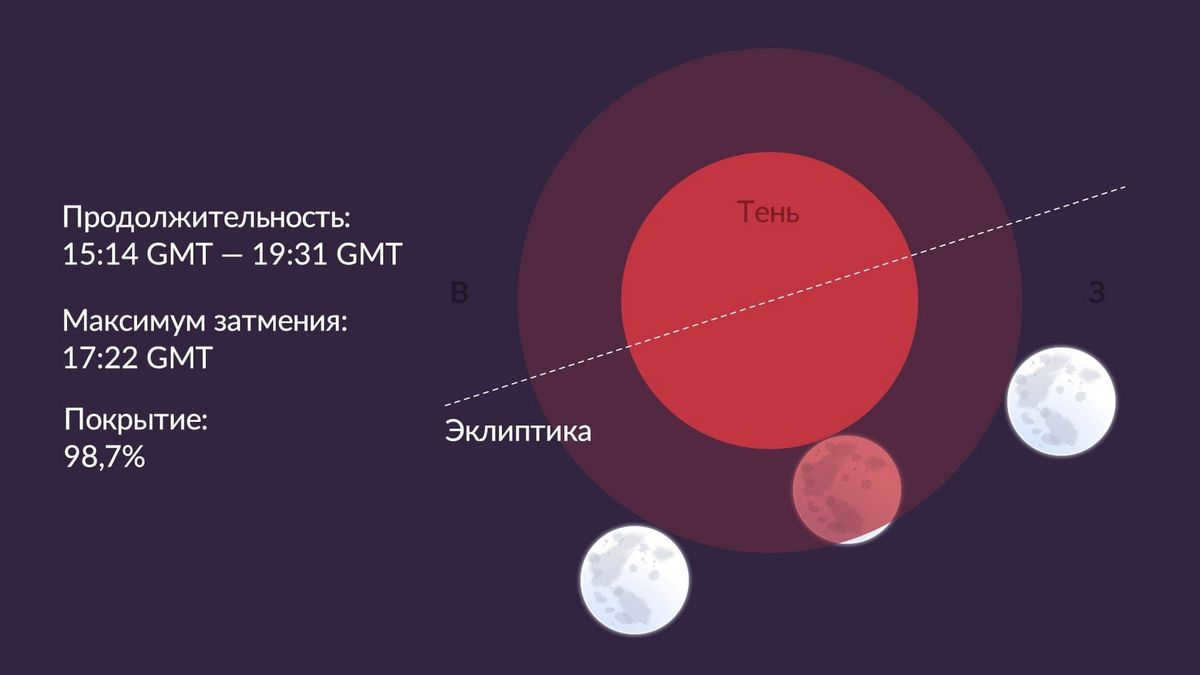
What is the significance of a penumbral lunar eclipse?
A penumbral lunar eclipse occurs when the Earth’s outer shadow, known as the penumbra, partially covers the surface of the Moon.
In order for a lunar eclipse to happen, the Sun, Earth, and Moon must align. However, due to the tilt of the Moon’s orbit in relation to the Earth’s orbit, they are not always perfectly aligned. As a result, the Earth casts a shadow on the Moon’s surface, but only the outermost and faintest part of the shadow, called the penumbra, is visible during a penumbral lunar eclipse. The term “penumbra” is derived from the Latin words “pene,” meaning “almost,” and “umbra,” meaning “shadow.”
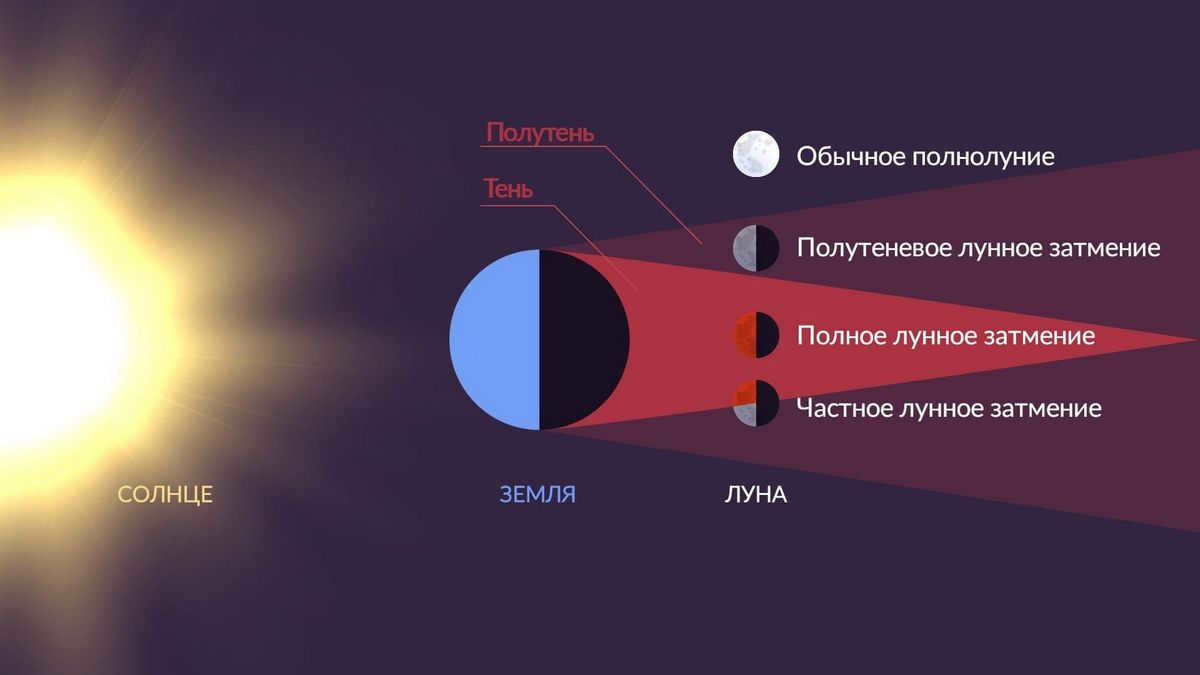
If you are already familiar with the concept of a penumbral eclipse and have knowledge about other types of eclipses, you likely possess a significant amount of information on this subject. Challenge yourself by taking our quiz: you will be presented with 8 questions – see if you can answer them all accurately!

Is it possible to witness a solar eclipse from the Moon’s surface? When was the first recorded instance of an eclipse captured on video? Challenge your understanding of solar and lunar eclipses.
To delve deeper into the topic of lunar eclipses, including their frequency and causes, refer to our dedicated article.
How will this lunar eclipse appear?
While experiencing a penumbral lunar eclipse, the moon undergoes a slight decrease in brightness – The change is hardly detectable without the aid of optical instruments, particularly in instances of overcast skies or atmospheric pollution. In the midst of the eclipse, the lunar surface may assume a deeper hue, resembling shades of brown, instead of its typical luminescent white.
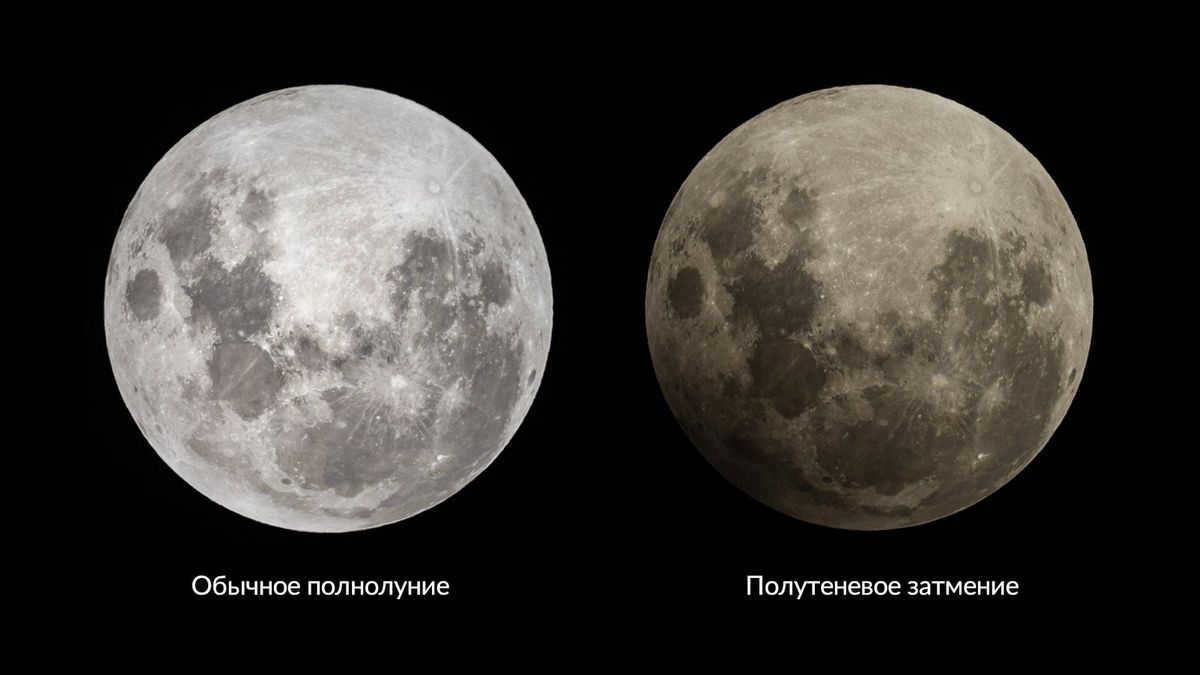
Only the section of the lunar disk that falls within the penumbra undergoes darkening during such eclipses. The upcoming penumbral lunar eclipse on May 5, 2023 will have a significant portion of the lunar disk in the penumbra, and the next penumbral lunar eclipse of similar depth will not occur until September 2042.
By the way, astronomers employ the term “magnitude” or “eclipse magnitude” to quantify the depth of an eclipse. Let’s delve deeper into the theory to gain a better understanding of how this process functions.
The extent of a lunar eclipse
The extent of a lunar eclipse refers to the amount of the Moon’s diameter that is covered by the Earth’s shadow. Since the Earth has two types of shadow, there are two different measurements for the extent of a lunar eclipse: the shadow magnitude and the penumbra magnitude. These measurements are determined at the time of the peak of the eclipse. Below are the approximate ranges of values for each type.
Shadow magnitude:
- Greater than 1.0 – indicates a total eclipse;
- From 0.0 to 0.9 – indicates a partial eclipse;
- Less than 0.0 – indicates a penumbral eclipse.
The negative shadow magnitude represents the distance from the edge of the visible lunar disk to the edge of the Earth’s shadow divided by the diameter of the Moon.
The penumbra magnitude:
- A total eclipse occurs when the magnitude is greater than 2.0;
- A partial eclipse occurs when the magnitude is between 1.0 and 2.0;
- A penumbral eclipse occurs when the magnitude is less than 1.0.
*Penumbral eclipses with a magnitude less than 0.60 are usually not noticeable to the naked eye.
The penumbral lunar eclipse on May 5, 2023 will have a shadow magnitude of -0.046 and a penumbral magnitude of 0.9655. In other words, during this penumbral eclipse, the Moon will be very close to the Earth’s penumbra, almost touching the shadow. And this is exactly the type of penumbral eclipse that can be observed without any special equipment. Here’s how to observe it.
How to observe a penumbral lunar eclipse?
A simple way to witness the phenomenon is by observing the Moon during the eclipse’s maximum. The maximum point of the eclipse is set to occur on May 5 at 20:22 Moscow time (17:22 GMT). You can use any convenient time zone converter to adjust this time to your local time zone. It is recommended to start observing sometime before the eclipse’s maximum to fully appreciate the event. Additionally, if you reside in the proximity of tall buildings, it is advisable to check the Moon’s position beforehand to ensure it won’t be obstructed by any skyscrapers. The Sky Tonight’s AR mode can assist you in determining the Moon’s position.
If you want to make your eclipse photos more unique, you can try capturing the different stages of the eclipse and comparing the results. It’s possible that a camera might be able to capture differences that are not easily visible to the naked eye. To do this, you will need a DSLR camera with a tripod and a lens that has a focal length of at least 200mm. Alternatively, you could set up a telescope and attach the lens of your smartphone camera to the eyepiece of the telescope. It’s worth noting that some high-end smartphones have excellent night sky shooting modes, so you could also give your phone a try instead of using a DSLR. However, it’s still important to use a tripod for stability!
Where can one witness the lunar eclipse in May 2023?
The penumbral lunar eclipse will be completely visible across Asia and Australia. Over Africa and Eastern and Central Europe, it will be visible during moonrise or sunset.
The eclipse will be visible in most parts of Russia. However, in Moscow, the Moon will be very close to the horizon during the peak of the eclipse. The residents of the Siberian Federal District will have the opportunity to observe the eclipse in its entirety.
To determine if you will be able to see the eclipse from where you are, you can utilize the complimentary Sky Tonight application. To access the Calendar feature, simply tap on the calendar icon located at the bottom of the screen. From there, select the month of May and tap on the specific date, which is the 5th in this case. Beneath the calendar, you will come across an event labeled as “penumbral lunar eclipse.” By tapping on this event, the application will display the visibility of the eclipse from your particular location. This information can be found under the “Global Visibility” section.
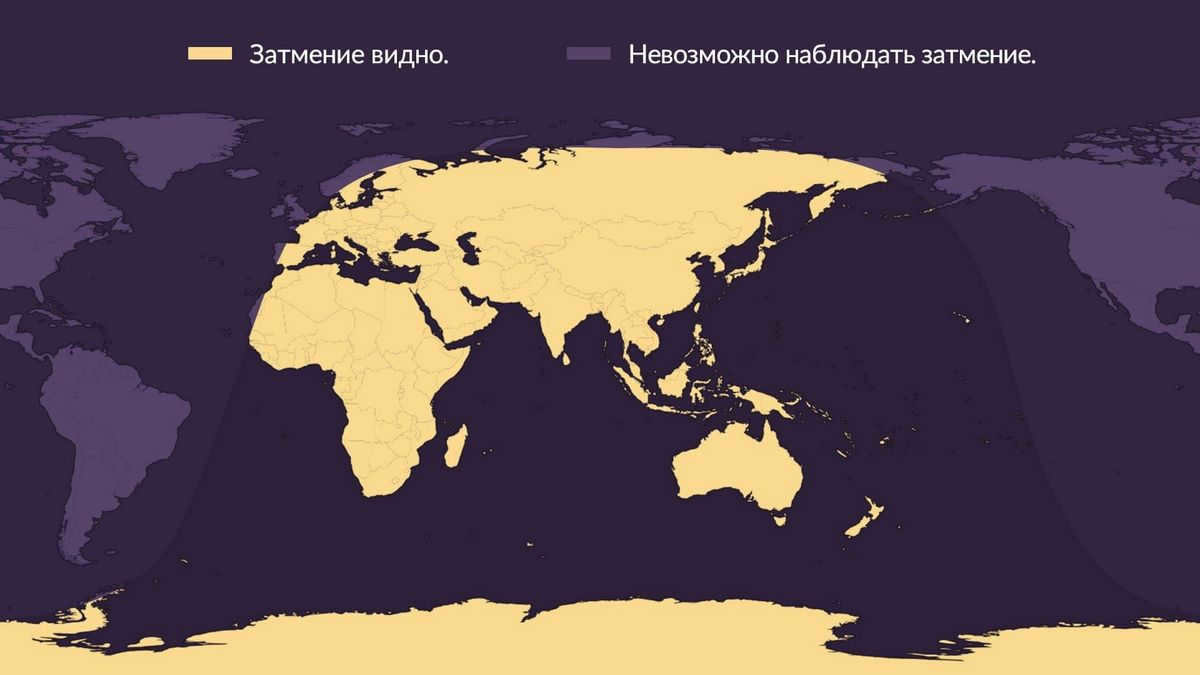
What is the date of the upcoming lunar eclipse in 2023?
The next lunar eclipse in 2023 will take place on October 28th. It will be a private lunar eclipse that can be seen from Europe, Asia, Australia, Africa, North America, and northern and eastern South America. To ensure you don’t miss out on the next eclipse, check out our regularly updated infographic.
